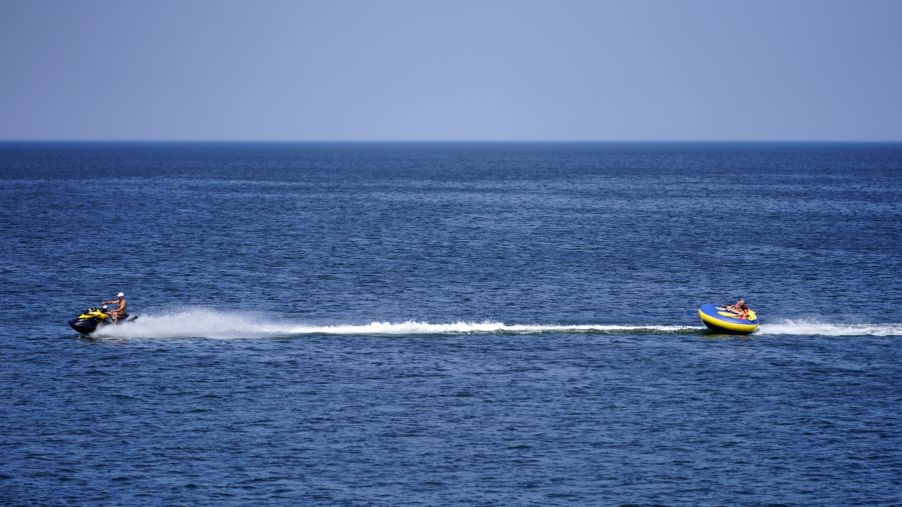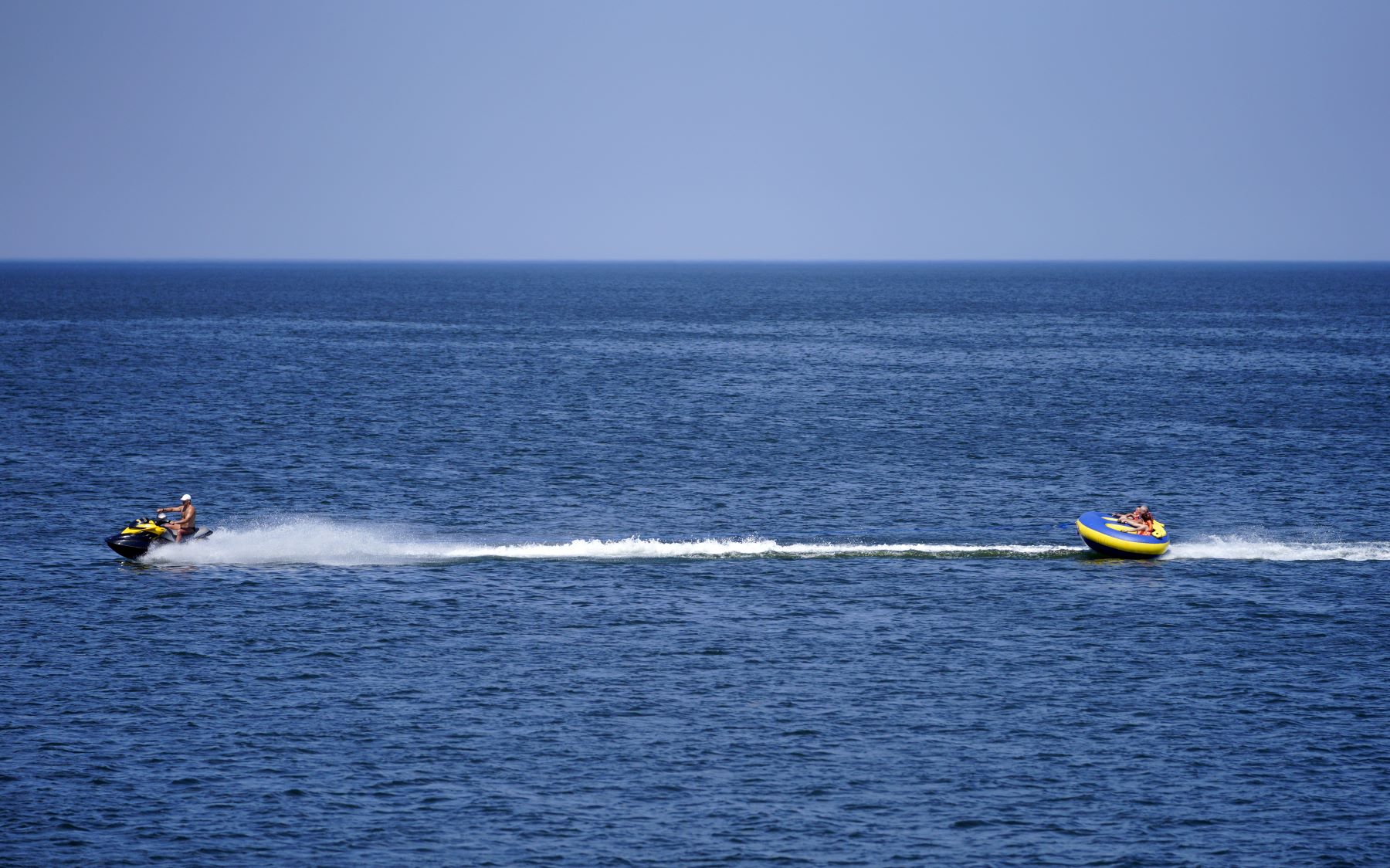
Tubing Is More Likely to Result in Severe Injury Than Wakeboarding or Water Skiing
Water sports such as tubing and water skiing are a lot of fun and have grown inextricably linked to recreational boating. However, participants and boat operators must not disregard the necessity of safety precautions or fail to apply sound judgment when participating in these activities. Unsafe behaviors, risky driving, or failing to identify a problem can result in tubing or water skiing injuries or death, swiftly turning pleasure and excitement into tragedy.
According to research on the topic, tubing increases the risk of severe injury than wakeboarding or water skiing. Not only are serious injuries occurring, but sprains and strains are the most prevalent injuries. So, let’s take a look at what the data says.
Why is tubing more likely to result in severe injuries?

Many people feel that tubing is less dangerous than water sports like skiing and wakeboarding. According to research published in the Journal of Sports Science and Medicine by the National Center for Biotechnology Information, tubing injuries are more than twice as severe as water skiing injuries (usually concerning head injuries).
Tubing injuries are less common than water skiing or wakeboarding injuries, but they are more severe than water skiing injuries. On the other hand, wakeboarding injuries are more stringent than those sustained during water skiing.
Severe injuries reported due to tubing
Water tubing (pulling an inner tube behind a motorized boat) is becoming increasingly popular, but it is also becoming an increasing risk. This is due to the driver’s or the rider’s inability to steer the inner tube away from obstacles in the water or along the beach or speeding.
According to the BoaterPal, the most often damaged body regions are the head at 27% and the upper extremities at 24%. Sprains and strains are the most prevalent forms of injury at 27%, followed by soft tissue injuries at 20%. The most pervasive mechanism of injury is water impact, which accounts for 49% of injuries, whereas contact with another water-tubing participant accounts for 16%.
Injuries due to water skiing or waterboarding
Compared to tubing, water ski-related injuries vary by degree of expertise. Tournament water skiers experience increased chances of sustaining injuries due to increased speed, pressure on the body, more challenging technical features, and highly competitive conditions that drive an athlete to take extra risks. A fall into open water, boat propeller blades, impacts with obstructions or another boat, and the tow rope contribute to most injuries. Injuries incurred in falls were equivalent to injuries found in high-contact sports.
Strains and sprains are the most common water skiing injuries, with the majority affecting the lower extremities. Lacerations are the most prevalent diagnosis for wakeboarders, most of which are to the face. Water skiing and wakeboarding injuries to the head and neck occur due to falls in the water and accidents with barriers, equipment, or people. Injury prevention is dependent on the nuclear triad of participants: the skier, the operator, the observer, and the boat operator.
Like wakeboarding and water skiing, tubing has inherent hazards that the participant must be aware of. While tubing is often a safer option for wakeboarding and water skiing, the current study’s findings imply otherwise if the driver and participant aren’t careful. The quantity and severity of tubing-related accidents might be reduced by promoting protective gear such as wearing helmets while riding or displaying suggested safe towing speeds on inner tubes.


